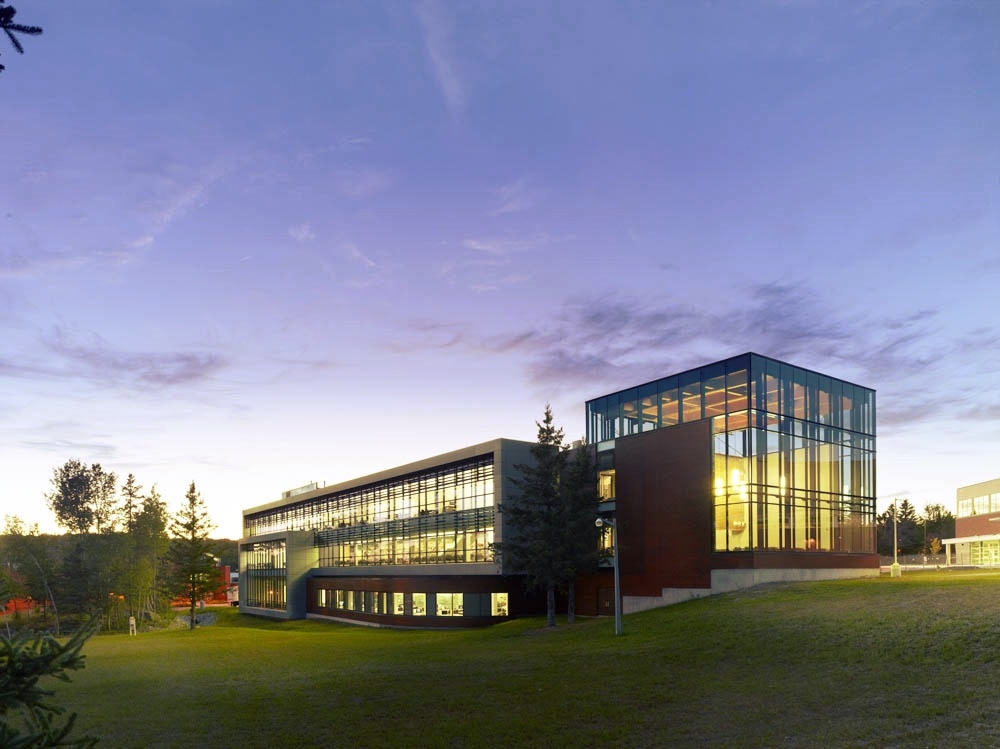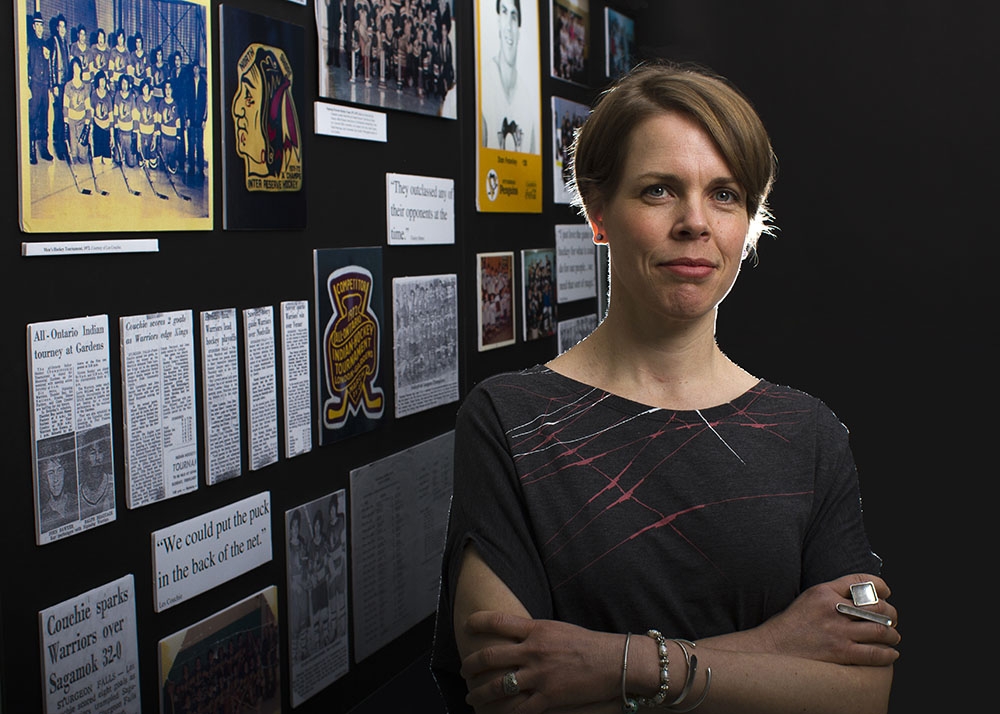
Multiple Peoples, Multiple Problems, Multiple Solutions
Most Canadians are in favour of good quality education for Canadian children. Good education contributes to good jobs, good income, good health and good lifestyles, all of which are positive forces in society. But for mystifying reasons kids who grow up on First Nations reserves are given far fewer chances for a reasonable education. Their schools, teachers, supplies and other needs are funded at a fraction of what non-reserve students receive through the provinces or territories.
Poor schooling for children on reserves in Canada has been largely overlooked as an issue until very recently, but now questions are being asked. Is it a discriminatory policy? Education funds come from the department of Aboriginal Affairs and Northern Development (AANDC), not from provincial or territorial governments via school boards like the rest of the country. This policy has direct impacts on Canada’s fastest-growing demographic group, Aboriginal persons under age 25.
The problem of education on reserves is compounded by many other factors that can create a disadvantaged population. Some of those factors include health gaps, poverty, remote locations, attracting and retaining good teachers, and negative legacies of the dependency model. Those problems, which will be delved into in future articles, are determinants which have profound impacts on a child’s education. A further issue is the deteriorating condition of many schools on reserve, as highlighted recently by youth leaders in Northern Ontario and Quebec. The populations in Canada which may already face barriers due to race and long-standing societal factors are also expected to accept less.
How much less? “Federal expenditures in education for Aboriginal students remains at 2 per cent,” says Paul Taillefer, President of the Canadian Teachers’ Federation (CTF). “(That) is $2000 to $3000 less per pupil than public school provincial and territorial budgets.” Taillefer was recently told that the federal government is developing a new Education Act which may be presented to the House of Commons in the fall, but the process may be too slow to benefit the kids who need and want it now.
While other young Canadians may pine for an Xbox, a better school was the dream of Shannen Koostachin of Attawapiskat. At age 13 she campaigned for “safe and comfy schools and culturally based education,” for First Nations children and youth. Says Taillefer, “She was not campaigning just for a ‘comfy’ school.” He says Shannen wanted a school that was also safe. Many schools have major health issues. These include extreme black mould contamination, which can cause serious respiratory illnesses; high carbon dioxide levels; rodent and reptile infestations; sewage fumes; and unheated portables.
Across Canada parents and students often register complaints about portables, but they are a reality, partly because of their flexibility as school enrollment numbers go up and down. But not many Canadian communities would accept portables without heat, especially considering the parts of the country where they are often located, places where -40 C and -50 C are normal winter temperatures and cold snaps can last for weeks.
But even Aboriginal students in warmer climes suffer. “I worked at the Squamish Nation School,” says Dr. Cindy Blackstock, Director of the First Nations Child and Family Caring Society (FNCFCS), and outspoken proponent of equality for children. “Those kids got far less funding than the school across the street.”
In 2007, on behalf of the FNCFCS and the Assembly of First Nations (AFN) she brought a formal complaint to the Canadian Human Rights Commission. She still feels outrage that these extreme measures have to be taken. Her voice determined, she adds, “These are little kids who haven’t done anything—they just want to grow up.” The inequities go deep, she says, and cites numerous cases. “Racial discrimination against children is an acceptable fiscal restraint policy by the Government of Canada.”
CTF president Taillefer says, “Besides receiving less funding per student, these communities do not receive funds for libraries, computers, languages or extracurricular activities.” That is one of the platforms of Shannen’s Dream, an organization started after Shannen Koostachin’s tragic death in an accident. The young girl, barely in her teens, came to Ottawa in 2008 to meet with MP Chuck Strahl, who was then minister responsible for Aboriginal Affairs and Northern Development. Her campaign was prompted by the minister’s earlier announcement that Attawapiskat would not be getting a new school because it was not part of the Long-Term Five-Year Capital Plan.
The previous school had been contaminated by a fuel spill two decades earlier. After years of stalling the unusable school was replaced with “temporary” portables. The community lobbied for a new school, which seemed like a reasonable expectation. AANDC even provided $194,718 in 2006-2007 to prepare a School Capital Planning Study.
Why was that federal money spent if there were no plans to provide a school? And why, after Attawapiskat had prepared and presented a proposal for a bank loan to provide bridge financing, did AANDC refuse to commit to this alternative financing? The community had done the extensive paperwork, had talked to the banks, had put a plan in place, and had acted in good faith. Documents from Strahl, received through Freedom of Information, say AANDC could not commit because, “Treasury Board approval of the project had not been granted. “ Which begs the question, is the federal Treasury Board the appropriate department to be making decisions on small communities’ schools?
NDP MP Charlie Angus took up the issue and media attention increased. The department’s response was to spend a great deal of time and money on public relations damage control, including hiring PR firm Hill & Knowlton. Seven years later Attawapiskat remains in the news, as do other communities nearby.
It appears the federal government is still practising damage control. In March of this year a statement by MP Bernard Valcourt, current Minister of Aboriginal Affairs and Northern Development, says, “Since 2006, the Harper Government has built over 30 new schools and renovated over 200 more, providing First Nation youth with better learning environments.” Blackstock refutes those claims. “Most Canadians would think, even I thought, well that sounds good. But on closer inspection they’ve just rejigged some numbers.”
A common comment among individuals who have come from provincial school systems and later worked in the North or on reserves, is that even when teens successfully graduate from high school they are not prepared for post-secondary education. Some students must redo many of their high school credits, because the education they received is not equivalent with other high schools’ courses, and so are not adequate prerequisites for universities and colleges. How many teenagers can stomach the idea of another two years of high school courses before they can even start university? The increased likelihood of coming from a low-income family and having to live very far from home compounds the problem. What if provinces or territories topped up federal funding? That opens the competitive can of jurisdictional worms, which is a huge problem across F/P/T mandates. Assuming politics prevents that change, what about simply levelling the playing field? Give the kids on reserves the same funding that everyone else in the country receives. Some of the schools and programs are so far behind they should really get more just to get caught up, but equality would be a start.
Should education funding be removed from federal responsibility completely? Would it make more sense for all schools to receive all funding through the provinces or territories where they are located? The federal government could provide transfer payments, and along the way get rid almost half of AANDC, a department which many Canadians question the existence of. Local school boards are positioned to understand students’ needs, and there is the advantage of having local representation in the form of elected trustees. Is it reasonable to expect the highest level of government to keep tabs on individual communities’ education needs?
Cultural barriers can sometimes be in the way too. Many closed or remote communities have a culture which scorns members who want to live a different life or have aspirations for new careers. That culture can make achieving those goals difficult. For example, in many Hutterite colonies children only attend their own school, which usually goes to Grade 8, making it hard to get away. It can be the same in remote communities, most of which are Aboriginal. Young adults who do manage to go away to school or to get a good job might be ostracized when they come home. MP Dr. Carolyn Bennett, former Minister of State for the Public Health Agency of Canada (PHAC) and current Liberal Aboriginal affairs critic, says protection comes in numbers. “They need a posse,” she says. “There has to be enough of them so that they’re not lonely and then they’re less easy to ostracize.“
Before becoming an MP Dr. Bennett was a medical practitioner and had also worked in the Northwest Territories. She said health determinants combined with poor housing conditions contribute to the education issue. “If 12 people live in one small house with no running water, the kids have no privacy, they can’t do homework, and they get sick. Sometimes schools on reserved are closed because there are no students—they’re all sick.” She also worries about teen parents, especially girls, for whom education goes to the bottom of the priority list when they are wrapped up in caring for babies and trying to find enough money to live. She says the structure of health care, with its emphasis on curing disease, rather than preventing it, is part of the problem. “We’re patching up and that’s failing. We need to embrace the medicine wheel concept. To stay healthy we need physical, emotional and spiritual health.”
As part of consultations she led when PHAC minister, speaking with First Nations individuals working in health care and education across the country, one topic that came up repeatedly was summarized by Bill Mussel of the Native Mental Health Association. Under a person’s feet there needs to be a secure personal and cultural identity, that is, high self-esteem and a strong social outlook.
That relates to another issue—family members struggling with drug or alcohol abuse, or with serious medical problems of their own, such as diabetes or tuberculosis. What if no one gets the kids out the door in the morning? Some communities have started addressing that by finding someone who physically goes to the children’s homes and gets them on their way. Also providing breakfast at school is becoming a policy at many schools, both on and off reserve. It is well known that kids learn better if they’re not weakened and distracted by empty stomachs.
The story of the non-school in Attawapiskat has been repeated in First Nations’ communities across the country. Contrary to perceptions held by some Canadians that Aboriginal people don’t make an effort, or that the youth of today are lazy or unmotivated, it is young people who are making their voices heard.
The Journey of Nishiyuu is the most extreme example of that. In January of this year seven young Cree men: David Kawapit Jr., Stanley George Jr., Travis George, Johnny Abraham, Raymond Kawapit, Gordie Rupert, and Jordon Masty started walking from the coast of Hudson’s Bay all the way to Ottawa. Pulling their own supplies on toboggans, these young people, these kids, did something akin to the journeys of Terry Fox or Rick Hansen. Along the way they picked up more walkers and were finally greeted by thousands of people in Ottawa, although not the Prime Minister.
Such a feat of strength, courage and deep understanding of the land being traversed is not undertaken lightly. Campaigning for better schools is part of the Idle No More movement and part of why these youths walked.
Teenagers don’t walk 1600 kilometres in the coldest part of winter because things are going great at home. If nothing else makes the country take a second look at First Nations education that should.








